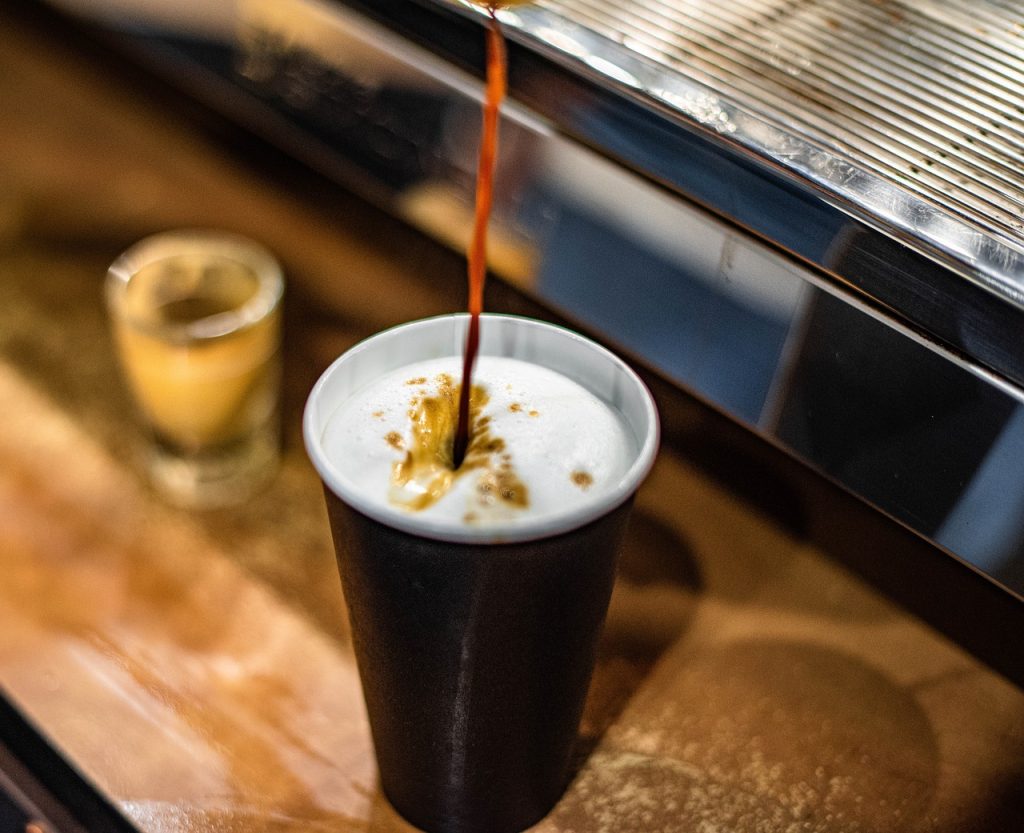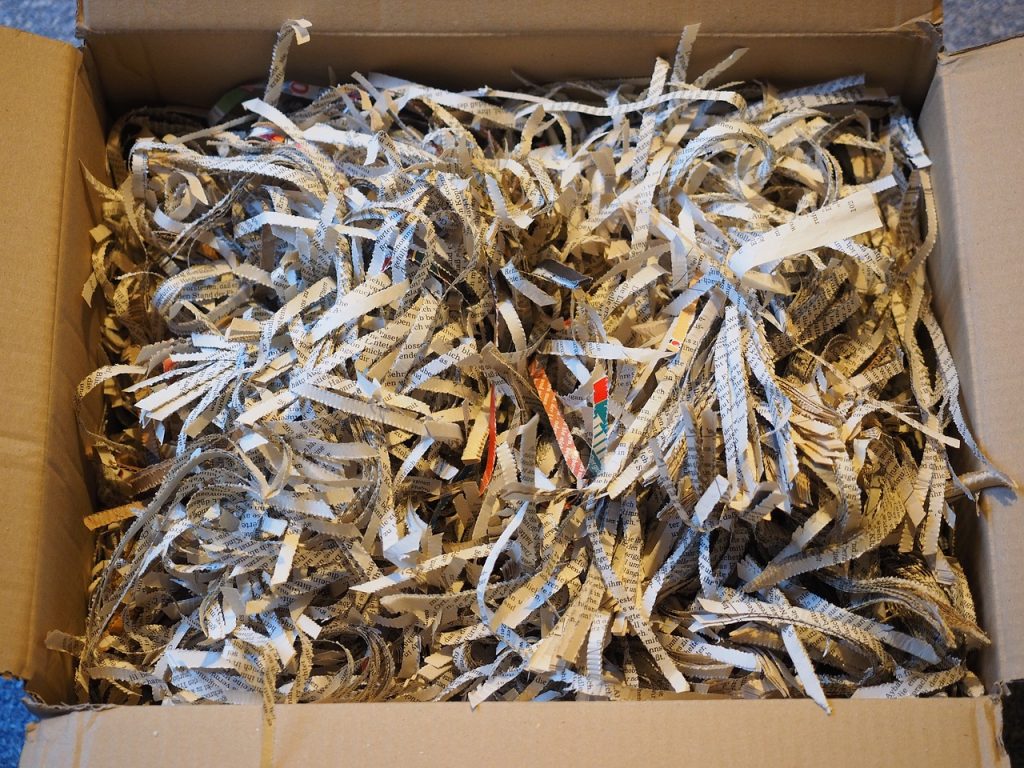- Ensure the milk carton is empty.
- Rinse the carton thoroughly to remove any residual liquid.
- Dry the carton completely.
- Flatten the carton if possible.
- Remove any plastic caps or additional components.
- Place the carton in the appropriate paper recycling container.
- Check local recycling guidelines as some facilities may require separation of paper from plastic.
- Ensure cartons are kept separate from other waste.
- If curbside recycling isn’t available, locate a nearby drop-off facility.
How to Recycle Milk Cartons: A Guide to Recycling and Recyclable Cartons
Understanding the Importance of Recycling Cartons and How to Recycle Milk Cartons
It’s vital we understand the importance of recycling, particularly when it comes to how to recycle milk cartons. This is not just about being ‘green,’ but because it’s an important part of how we handle waste on our planet. Milk cartons, often created by a milk company, are usually made from a combination of paper and plastic. This mix helps to keep the liquid inside fresh. However, it can make recycling a tricky process.
The primary type of milk cartons is known as ‘gable top.’ These are the traditional cartons you see, made predominantly from paper but with a thin layer of plastic to stop the liquid from soaking through. Fortunately, technology and more effective recycling processes have made these gable top cartons infinitely recyclable, meaning they can be recycled time and time again.
Recycling milk cartons isn’t just a simple task; it’s a process that’s vitally important to our planet. When we choose to recycle milk cartons instead of throwing them in the bin, we help to reduce our waste and lessen the impact on our environment. Thus, learning how to handle waste effectively is essential.
First, it’s crucial to know that not all cartons are recyclable. It’s always worth checking the packaging for recycling information before you throw it in the recycling bin. If your milk carton is recyclable, rinse it out to remove any remaining liquid, flatten it if possible, and remove the plastic cap if there is one. Place it in your paper recycling container, ready for curbside collection. You can do this with all recyclable items.
To recycle cartons effectively, they should be clean, dry, and separate from other waste. If local recycling programs allow, you can also include other types of cartons such as juice, soup, or broth packaging. If curbside recycling isn’t available, look for drop-off facilities nearby.
Remember, every recycled milk carton makes a difference. While you may feel that one person’s actions can’t have a significant impact, when everyone commits to recycling, the effect can be immense. So next time you finish a carton of milk, consider handling that piece of waste more thoughtfully. Follow these simple steps, and together we can ensure a healthier planet for future generations.
Identifying Recyclable Products: The Journey of Empty Milk and Ice Cream Cartons into Recycled Paper
Identifying recyclable products can sometimes be a daunting task, but it’s crucial to note that cartons are among these materials. This includes common household items like milk cartons, juice cartons, and even ice cream cartons. When it comes to the journey of these empty milk and ice cream cartons, the process of turning them into recycled paper is quite fascinating. It’s important to remember that not all cartons are made the same, and this applies to both milk and juice cartons.
Milk cartons, for example, are typically made from paper milk products. They’re designed to be strong and durable, with a protective layer to ensure the milk inside remains fresh. Once they’re empty, however, they shouldn’t be thrown away. Instead, these milk cartons should be recycled. Both milk cartons and juice cartons have a particular recycling process, but it all starts with identifying them as recyclable products.
So, you’ve just finished a carton of milk or juice, and you’re left with an empty carton. What do you do? The first step is to rinse out the carton. This is an important step in the recycling process of cartons as it helps to remove any residual liquid. It’s also worth noting that, if milk cartons aren’t thoroughly rinsed, they can contaminate the entire recycling bin, which can hamper the process of recycling.
Once the milk cartons are cleaned, they can be taken to a recycling facility where they’re turned into pulp. During this milling process, the cartons are broken down into their raw paper fibres. The pulp is then further processed and can be used to produce a variety of recycled paper products including cardboards, paper bags, and even writing paper. Hence, this journey of milk cartons from our refrigerators to becoming recycled paper box products is quite amazing.
Recycling cartons isn’t just a responsible environmental choice; it’s also an essential part of maintaining a sustainable lifestyle. It lowers the demand for raw materials, reduces landfill waste, and conserves energy. After all, it’s more efficient to recycle cartons than to manufacture new ones. So the next time you’re done with your cartons – be it milk, juice, or even ice cream – don’t discard them. Rinse them out properly, store them in the appropriate bin, and contribute positively to the global recycling movement. (Getty images. ©).
A Comprehensive Guide on the Recycling Process of Gable Top Milk Cartons
Gable top milk cartons, often found housing your favorite milk or creamy ice cream, are an integral part of our everyday lives. So, what do we do with them after we’ve emptied their contents? The answer’s simple – recycling. Yes, those everyday milk cartons can indeed be recycled, turning them into paper products or even upcycling them into something entirely new.
Let’s delve into the complex yet fascinating journey of milk cartons from our kitchens to recycling facilities across the country. Firstly, it’s crucial to understand that milk cartons, typically composed of paper, plastic, and sometimes a thin layer of aluminum, require a unique recycling process compared to other paper products. That’s due to their multilayered structure. However, they shouldn’t end up in the trash, as they could be effectively recycled and reused.
So how does your average milk carton become recycled paper? After ensuring the milk carton is empty, rinsed, and dried, it’s time for it to find its way to your recycling bin. From there, it heads to a recycling facility, where it’s grouped with other similar cartons and begins its recycling journey. The complexity doesn’t end there, though, as gable top cartons then get subjected to a process known as ‘hydropulping.’ This involves breaking them apart in a giant blender with water, separating the paper, plastic, and aluminum components for further recycling. The paper fibers are then bleached and washed, ready to be turned into new paper products, and voila – your milk carton has been successfully recycled!
One concern often raised with cartons, especially gable top ones, is the plastic component. Fear not! Even the plastic components are recycled. Hydropulping separates the plastic layer from the paper, which is then collected, melted, and transformed into plastic lumber or reprocessed into plastic pellets for reuse. Thus, every part of the milk carton gets a second life!
In conclusion, the gable top milk cartons you casually toss out each day can have a bigger purpose. They can transform into high-quality paper or plastic products. Remember, though, every step matters. So make sure your empty milk and ice cream cartons are clean and dried before they head to the recycling bin, ensuring a successful journey from carton to paper or plastic. The future of recycling is here, and it starts with you!
Transform Your Used Carton: Steps to Recycle Cartons and Other Recyclable Paper Products
As we’ve explored in this article, it’s of immense importance to recycle cartons, particularly those used for milk and some other beverages or ice cream. Recognizing the recyclable value of these products is essential in transforming waste into a resource. You may be pondering how to go about recycling your used cartons. Don’t you worry – this guide has got you covered.
The process to recycle cartons, including the ones from your favorite milk company or the similar juice cartons, is pretty straightforward. Firstly, ensure that the cartons are empty, cleaned, and dried to avoid contamination. Most cartons are made from materials like paper, plastic, and often include a thin aluminum layer, hence their classification among other recyclable paper products.
Many waste management facilities have started accepting cartons in their recycling programs, making it easier for you to recycle. However, to start the steps to recycle, it’s important to check with your local recycling company as they might have specific instructions. The process can slightly differ depending upon the type of carton – some facilities may take all cartons, while others might only recycle the paper component, necessitating the need of separating paper from plastic.
When the carton is received at the recycling facility, it undergoes a process known as hydra-pulping. Essentially, the carton is mixed with water to form a slurry, aiding the separation of paper fibers from the plastic and aluminum. The separated paper fiber is then used to make new paper products, and the plastic plus aluminum mix can be used to create composite materials. This way, the journey of empty milk or ice cream carton into recycled paper and other products is completed. It’s an innovative strategy that we should all embrace and contribute to.
It’s quite exciting how the common juice and milk cartons, often simply seen as waste, can metamorphose into new paper products through recycling. Keep in mind though, while recycling is great, reducing and reusing are also crucial parts of the waste hierarchy. It’s a collective effort from manufacturers, consumers, and recyclers. When you chuck that milk or juice carton into the recycling bin rather than the trash, you are effectively doing your part in preserving the earth and its resources. So, let’s recycle, recycle, and recycle some more!




